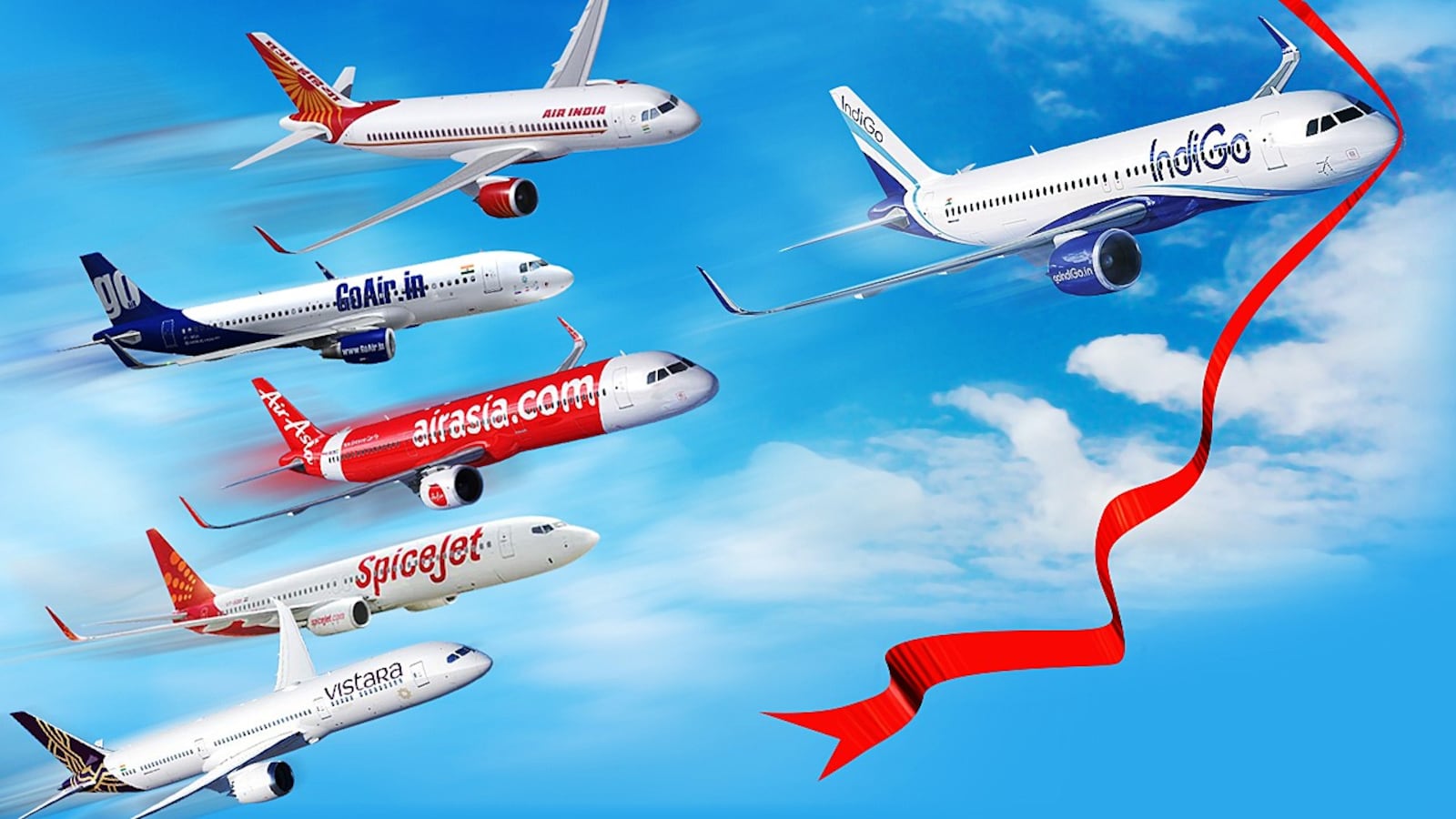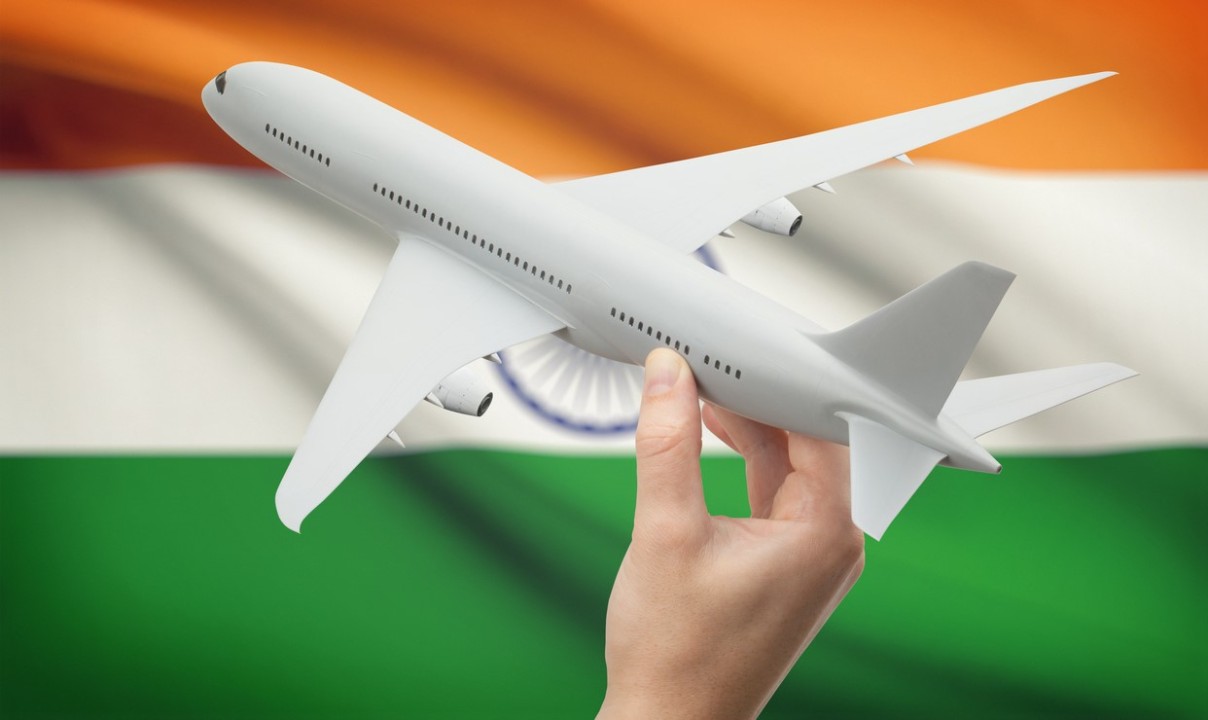Pilots Are In High Demand Again, And With Jets In Place, Airlines Are Planning Recruiting Sprees To Get Their Cockpits In Tune.
Airlines are bracing for their busiest year of hiring pilots in more than three decades.

As they attempt to replace a crew that was depleted during the pandemic and stressed by a swift comeback in traffic, airlines are prepared for their busiest year of pilot hiring in more than three years. Also, unlike in past years, senior commanders and trainers, who are paid the highest, are the targets of the competition.
Pilots are in high demand once again, as airlines struggle to locate qualified staff.
Together, three significant Indian airlines—market leader IndiGo, Tata-backed Air India, and India’s newest carrier Akasa Air—plan to employ more than 1,000 pilots in 2018. This would be the busiest year since 2018 when pilot hiring increased significantly as a result of IndiGo’s brisk fleet introduction.
The most recent employment was brought on by Air India’s ambitious growth ambitions, for which the airline made a record-breaking order for 540 aircraft last month, making it the largest-ever jet order in modern aviation. The airline is suffering a severe pilot shortage and is willing to pay expat commanders for its Boeing 777 aircraft a monthly compensation of $21,000 because it intends to add more than 90 aircraft over the course of the next 18 months.

The airline depends on pilots from its sister businesses Vistara and AirAsia, which will combine to become a single company by 2024, and is looking at speedier upgrades for first officers to commanders for the narrow-body Airbus A320 and Boeing 737.
The crew will be essential in determining how the present and future of the Air India group are shaped, thanks to a sizable aircraft order and the realignment of domestic routes. The hiring of new talent will hasten Air India’s culture makeover, according to Sandeep Verma, Head of Inflight Services at Air India.
As the group starts the process of integrating four carriers, the airline’s management has recommended a single, streamlined wage structure and a shared master seniority list for 3,100 pilots across Tata airlines. The seniority list is crucial because it determines decisions about bases, aircraft, and the transition from a narrow body to a broad body.
According to a pilot with a Tata group airline, the business is attempting to reduce pilot attrition by offering a quicker promotion for first officers to captains of narrow-body aircraft and the option for narrow-body pilots to fly broad-body aircraft without any favouritism. According to accounts, several of the pilots of AirAsia India and Vistara have left because they are concerned about what would happen to their seniority following the merger.
The Tata group aims to eliminate attrition and has pledged to minimize lateral hiring while encouraging internal promotions, according to the pilot.
The rapid change in their circumstances during the past 18 months, which marks a turnaround from the pandemic-era aviation squeeze that resulted in job losses and income reductions, has taken many pilots by surprise. They are currently negotiating a higher pay structure and are not hesitating to transfer to Middle Eastern airlines, which have begun rapidly expanding.
IndiGo, the market leader, sees a chance in this and has started looking for qualified trainers and captains. This is exceptional since an airline often relies on its internal system to produce captains, decreasing reliance on outside personnel. Despite having a consistent supply of captains, that supply will ultimately run out. They don’t want too many rookie captains flying with fresh first officers because they want to preserve the experience base.

In FY 24, the airline expects to boost its strength by over 6000 workers, including pilots, according to a representative for IndiGo. The company is now actively hiring for a variety of functional jobs within IndiGo. They have a robust pipeline of approximately 500 planes on order and are on a continual expansion strategy through the end of this decade. It would be reflected in the hiring.
Akasa Air, which was backed by the late Rakesh Jhunjhunwala and is hoping to acquire 150 or more Boeing 737 Max aircraft, intends to hire more than 300 pilots. According to CEO Vinay Dube, the airline now employs 2,000 people. As they will hire 300 pilots in the next year, by the conclusion of the next fiscal year, they will be close to 3,000 pilots. Also, they’ll employ engineers, cabin personnel, and staff in airport operations.
The last line.
This year, travelers returned in force, and the surge is set to continue when international crossings reopen and firms put employees back on the road. As a result, airlines are bracing for their busiest year of pilot hiring in more than three decades, as the industry attempts to replenish a staff depleted by the pandemic and stressed by a rapid increase in traffic.
edited and proofread by nikita sharma





